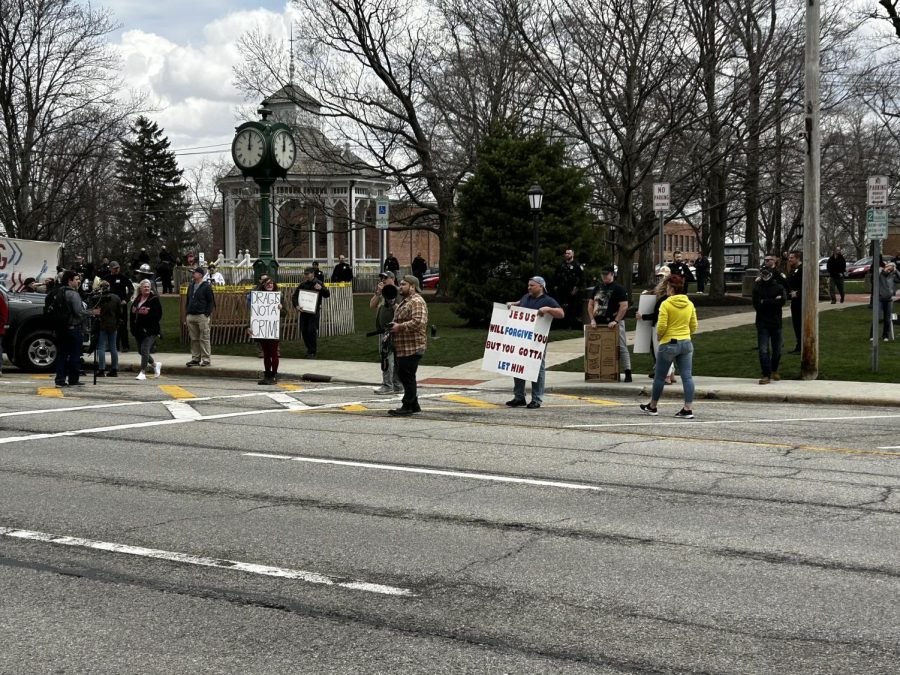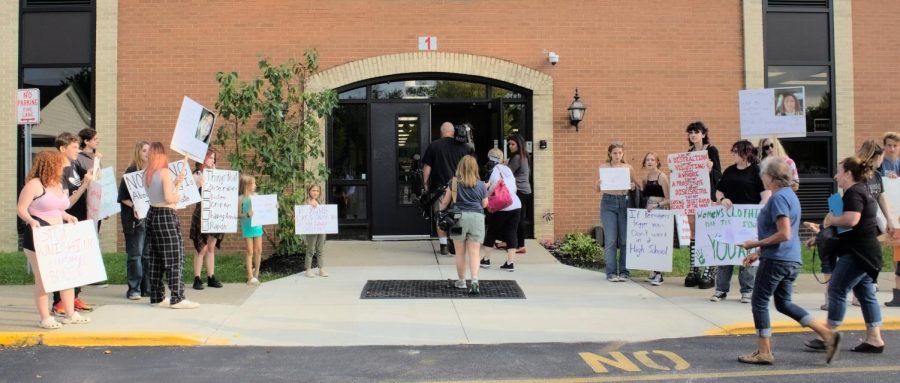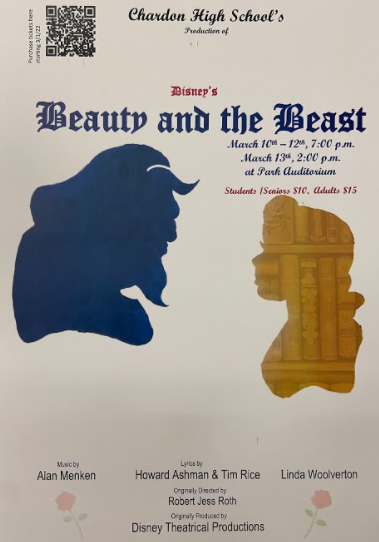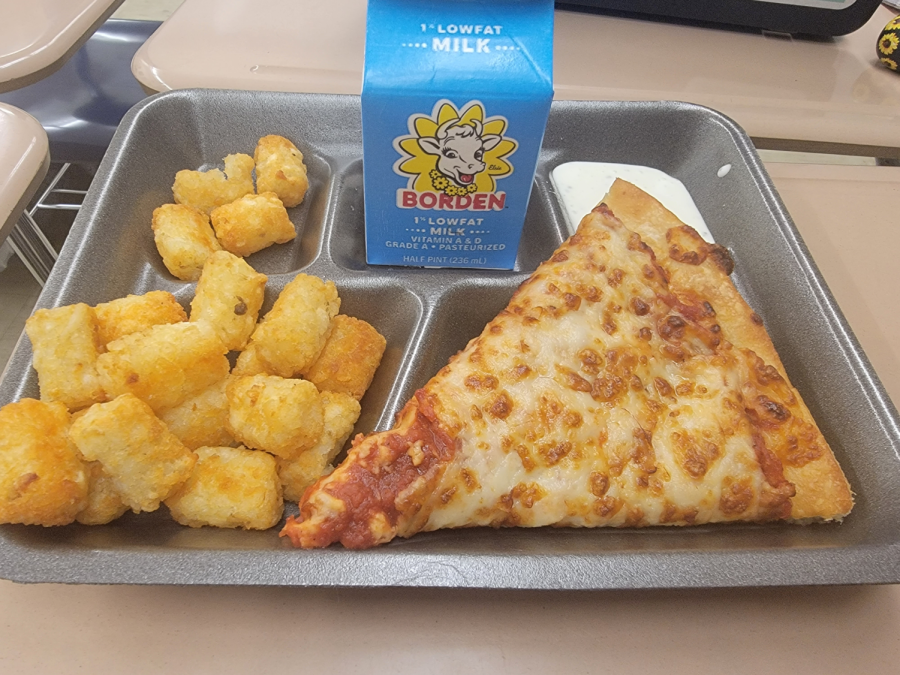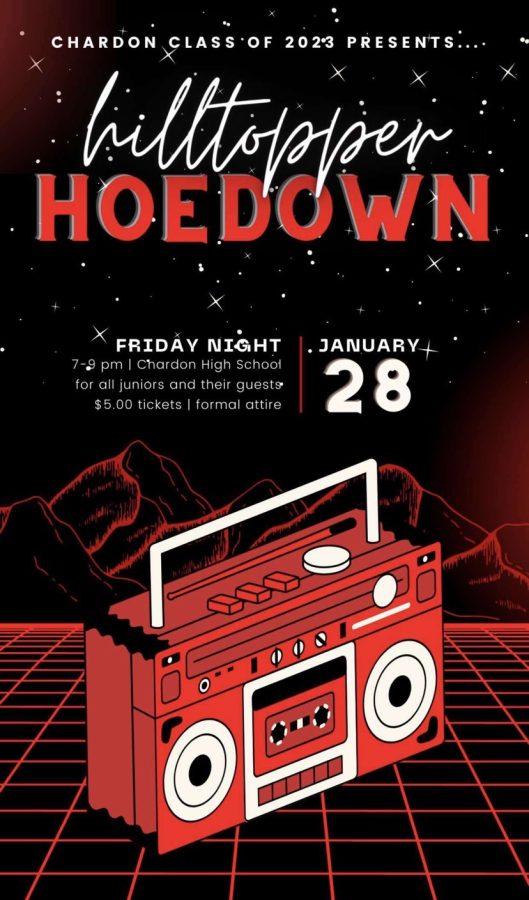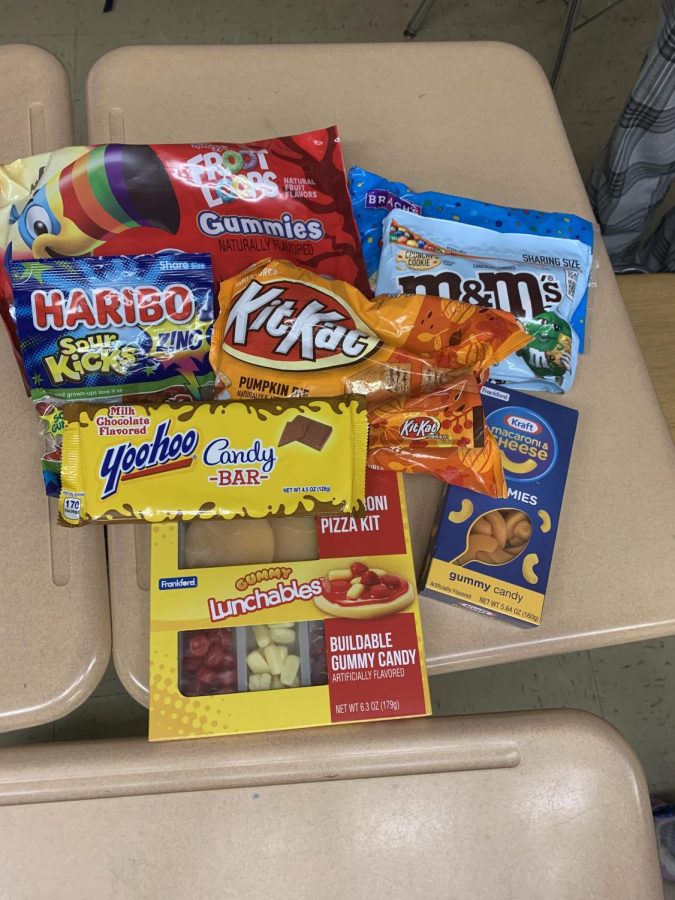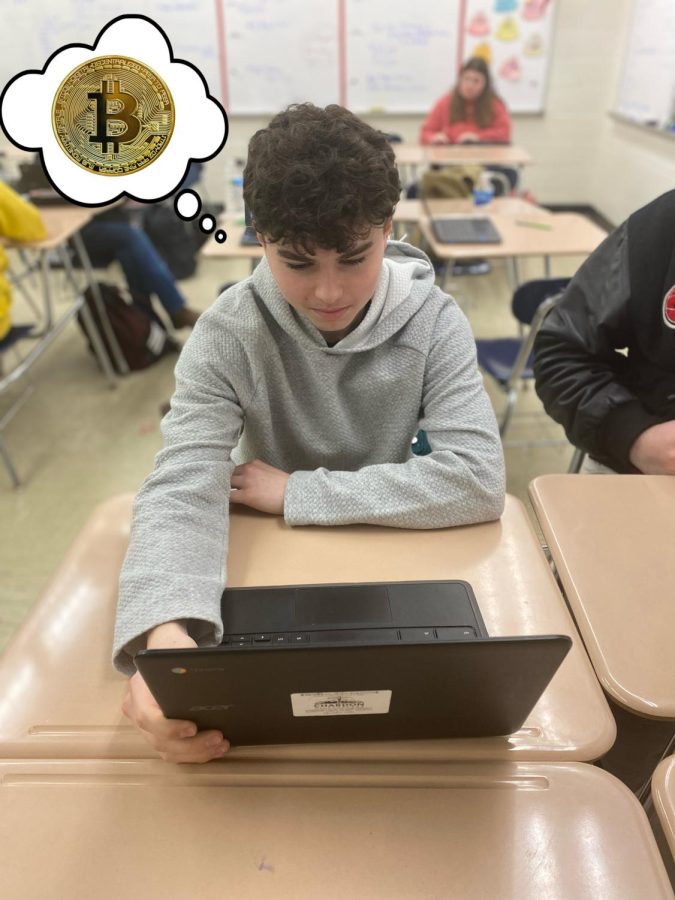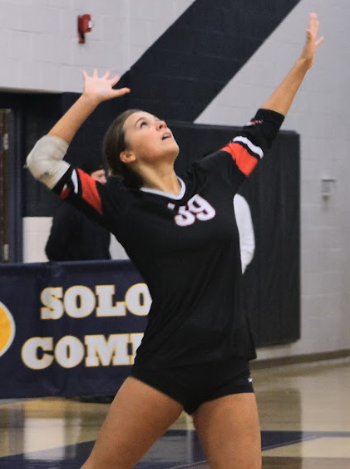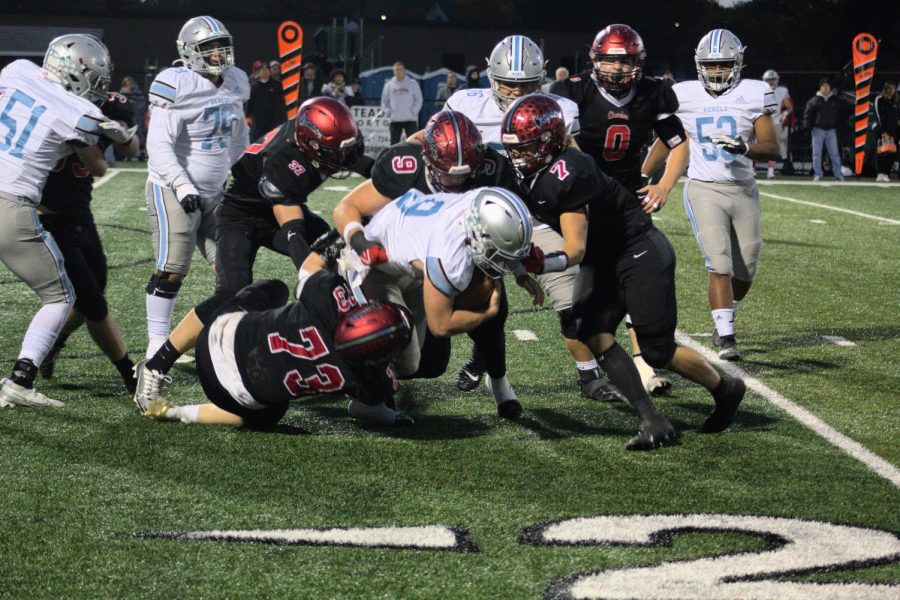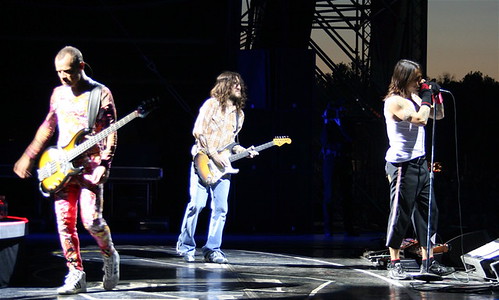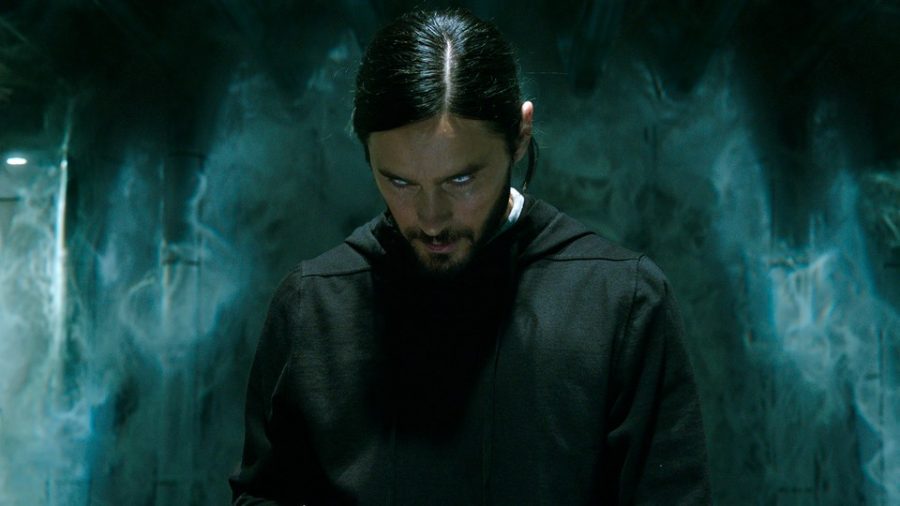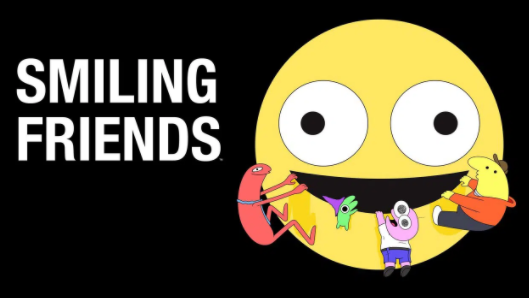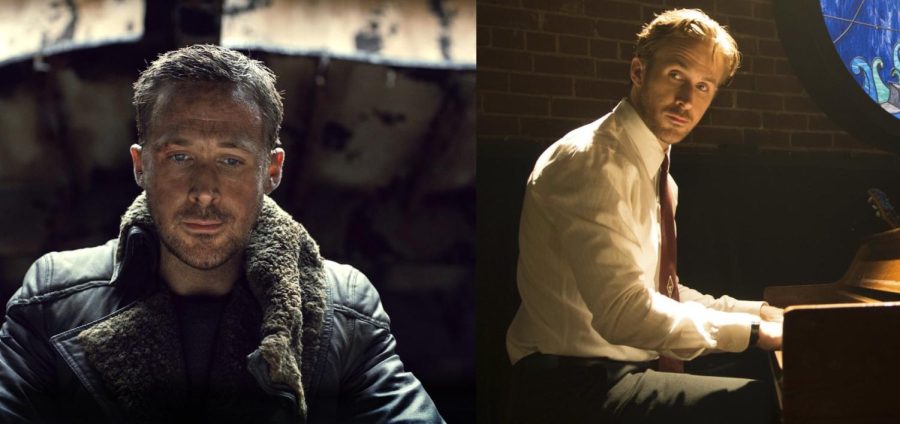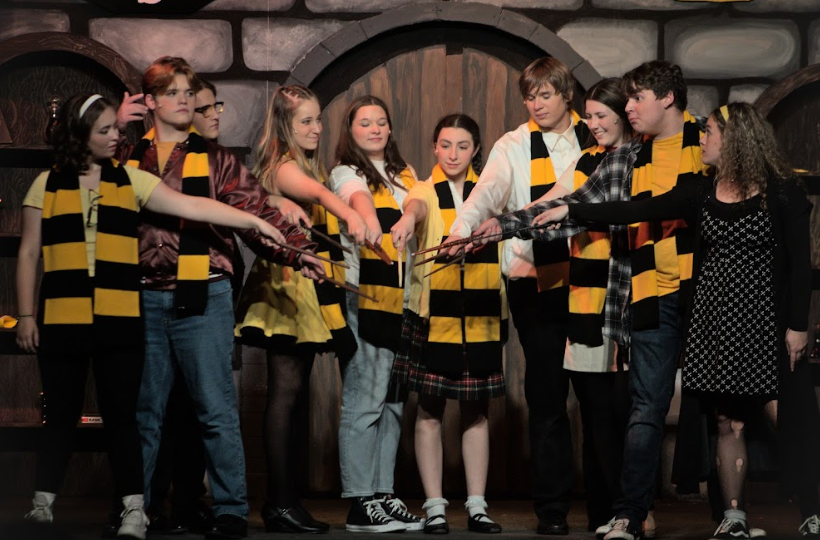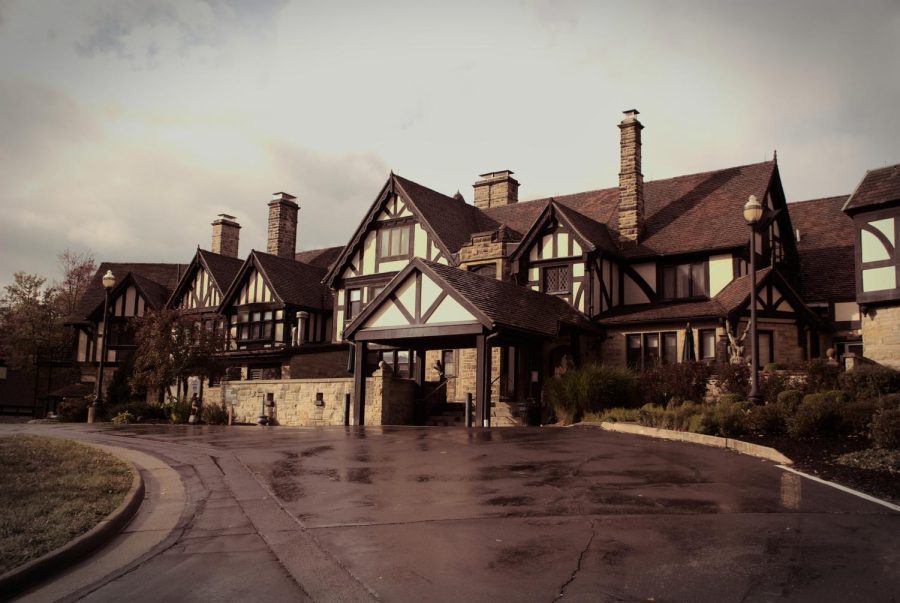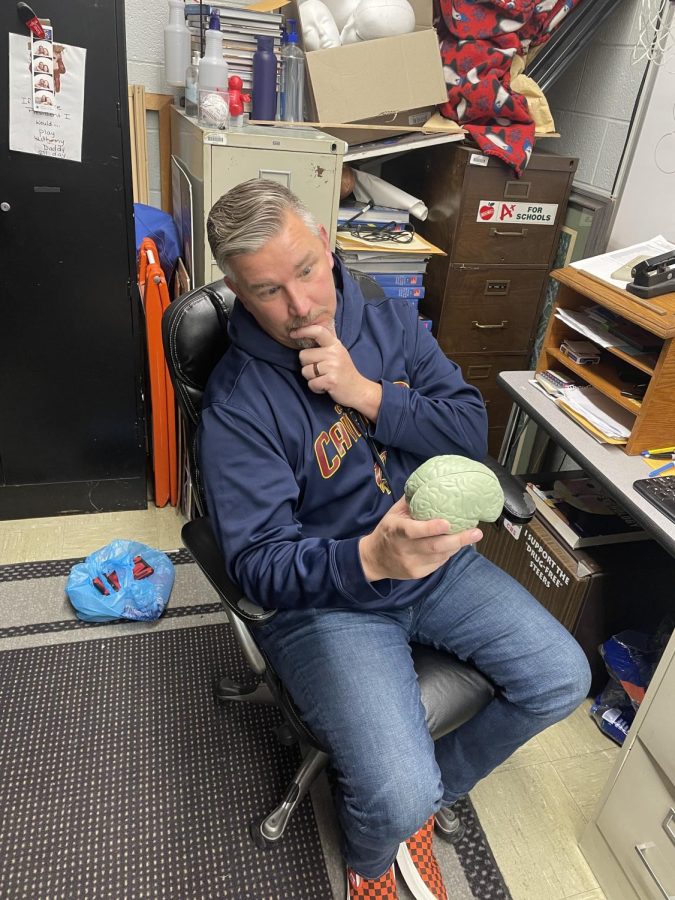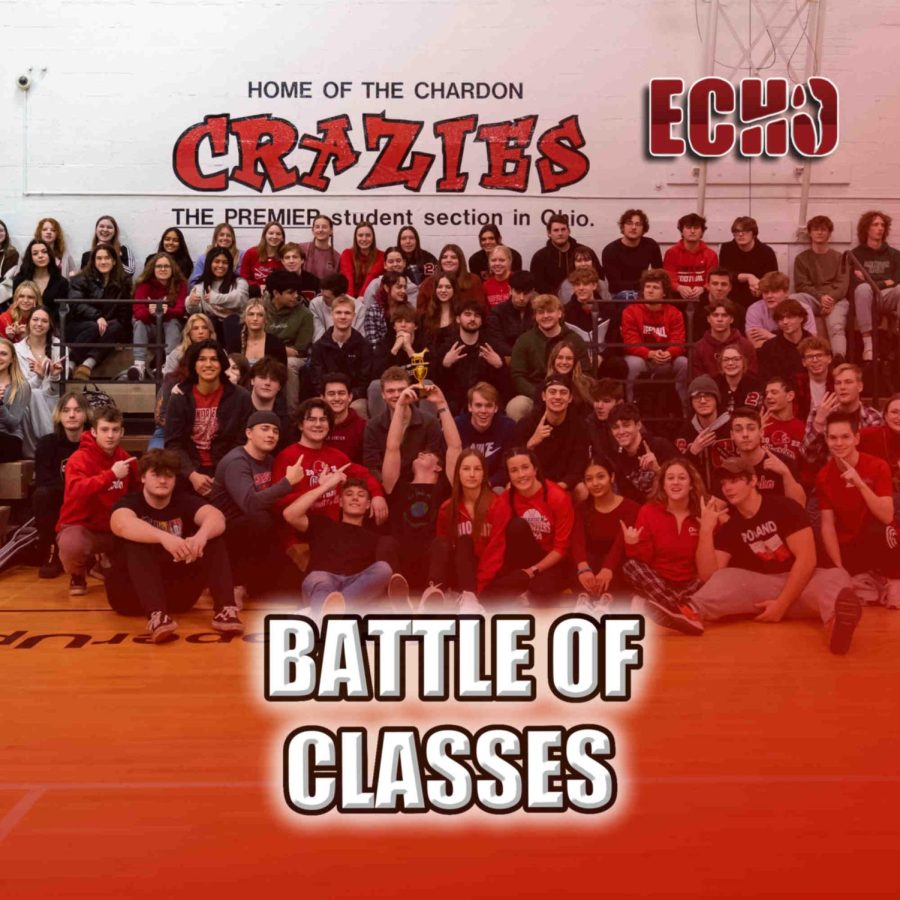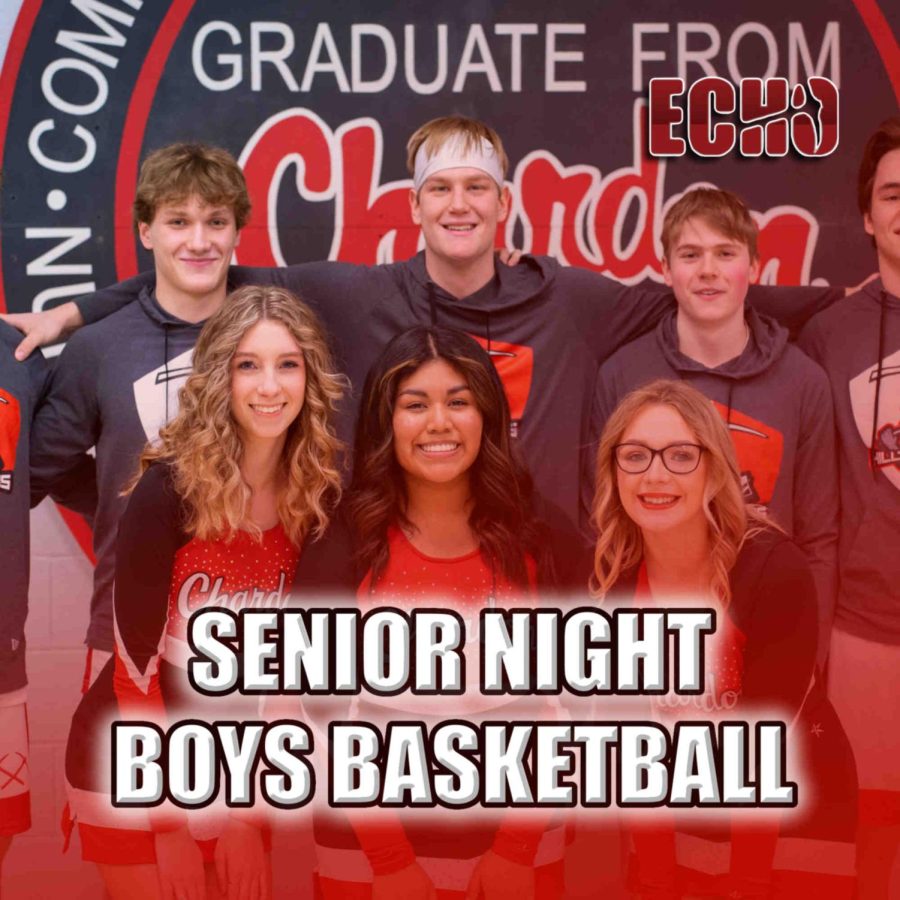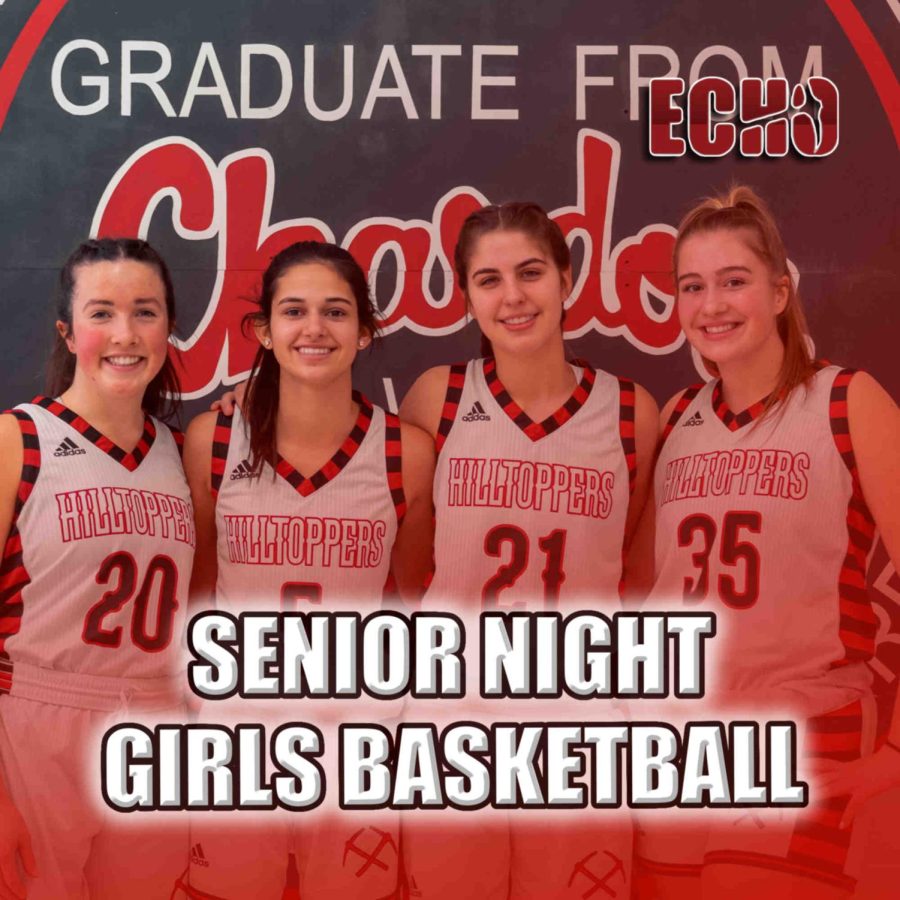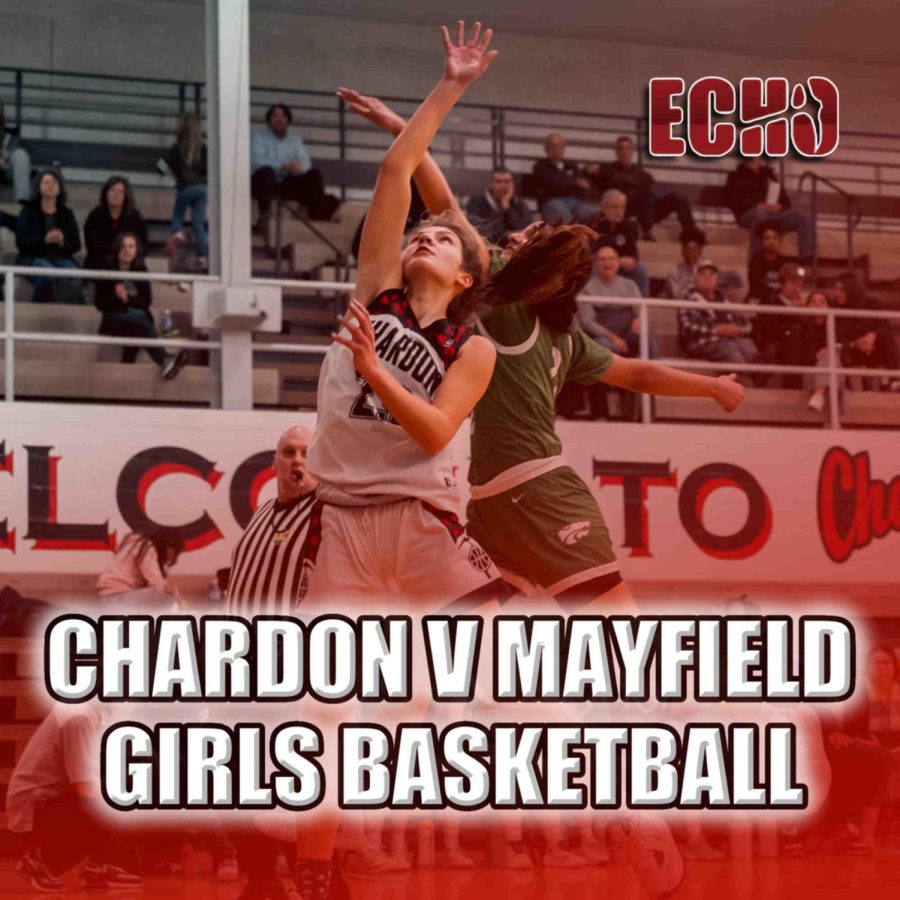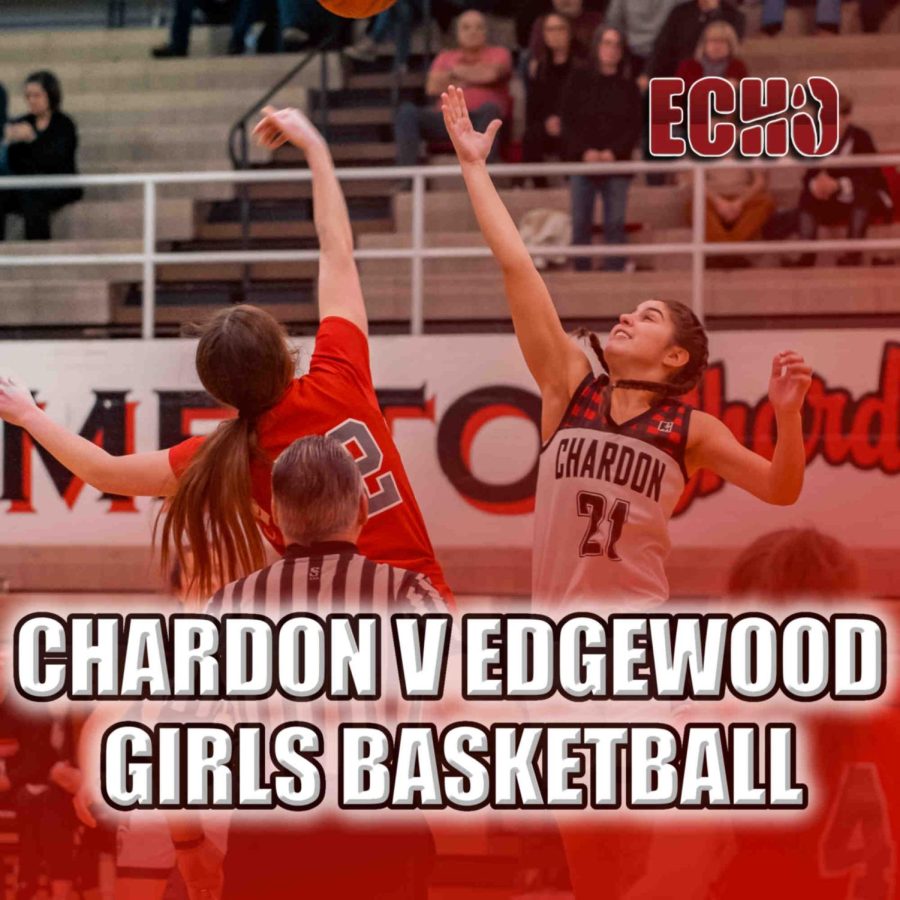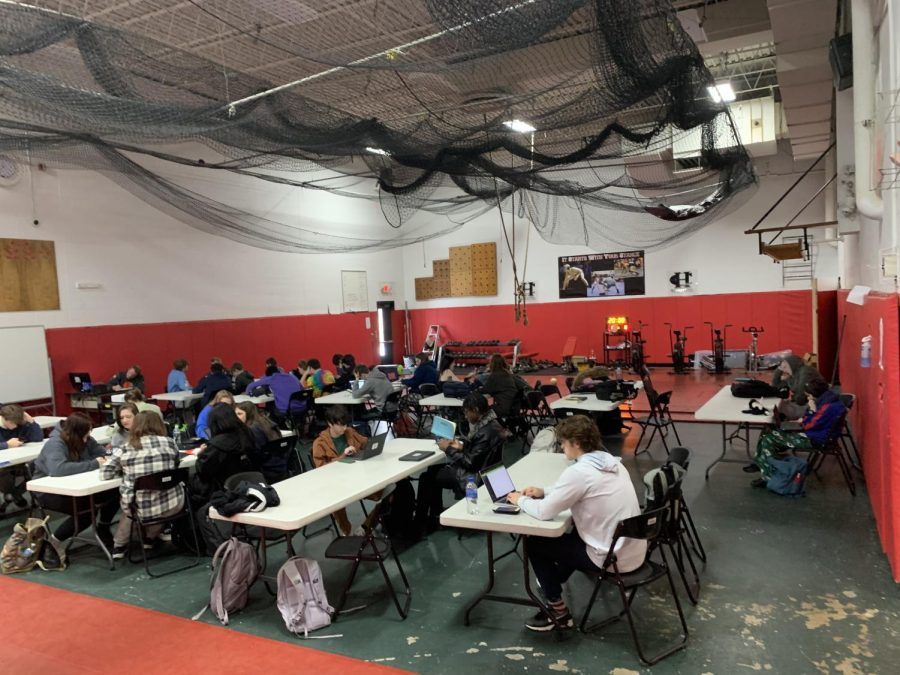Chardon Science Olympiad proves what they are made of
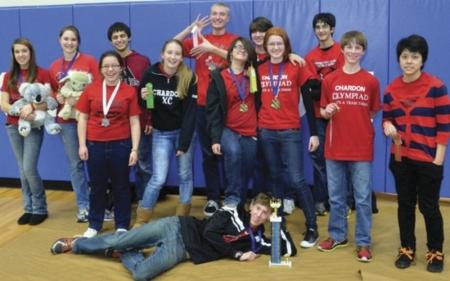
March 8, 2013
Catching a bus at six A.M. on a Saturday morning is not an easy task for most high school students. Neither is studying specific topics of interest for weeks on end to prepare for a series of tests and events that make up a Science Olympiad competition. In general, students have one hour time slots to complete a test. In addition, they are able to test in more than one subject, depending on their interests. After a challenging but fun day, the awards are presented based on results. Individuals get medals or ribbons, while the team receives trophies. Usually, the top six individuals of each event are recognized at the awards ceremony. A fun tradition for the Chardon team is a post-meet dinner at Cleats.
Participants must bring goggles, calculators, and lab aprons, but the most important tool they must bring is their extensive knowledge of their studies. For months, Science Olympiad members meet weekly in groups targeted towards specific events, usually for around two hours. Saturdays are utilized for building and fixing project designs. A study guide sheet is also made as part of the process. However, a large portion of preparation is left to independent studying.
Building events require extensive time for workshop and test-running the devices. Usually, the building is done before the meets, where the projects are then tested or demonstrated during the competition time. Each meet requires several pieces, ranging from a balsa wood structure to a musical instrument. The only building materials brought to a meet are last-minute repair essentials.
Science Olympiad was created, on a national level, 29 years ago. The ChardonHigh School division has existed for over 12 years. Karl Tysl, father of Science Olympiad member and senior Kirsten Tysl, is the team advisor. He has been involved in this club as a parent since 2002, gradually coaching more events, and taking over as team advisor in 2008. Tysl’s responsibilities include signing the team up for competitions; communicating within the team and with other schools’ teams; and providing press releases. He also coaches events; assembles study materials; and prepares and runs one event for the invitational meets. Many other parents volunteer to help in at least one of the 23 events by preparing lessons and answering questions. The impressive list of volunteer includes: Mrs. Grau, a nurse who coaches anatomy; Mr. Adams, who provides guidance for many of their building events assembled in Nonna’s basement (Mrs. Mausser’s home); and Mr. Burgess, who coaches events related to genetics and epidemiology. Not all are parents, as CHS teachers Mrs. Rohr and Mr. Ciferno lend a hand in Chemistry Lab and Physics events. Dr. Valentine is a retired professor from Princeton who assists with other chemistry events, and Dr. Knox, a current professor from Case Western, has helped out in astronomy.
With the help of these amazing coaches, Tysl says, “Chardon has been a powerhouse in most chemistry events like Forensics & Chemistry Lab, some of the building events including vehicle, structures, aircraft; and some life science events (rocks, anatomy, disease detectives). The success of these is largely due to the support of event coaches and dedication of the team members over the years.”
Funding can be a challenge for the club, especially for events that require building materials. Sophomore Melanie Cohn explains, “For the resources we have, we have done fairly well this year. We have placed fourth or fifth out of up to 61 teams at each invitational.” Because this activity is seen as a school club and not a school sport, participants are exempt from activity fees.
The team is always working hard and doing their best, but they also enjoy the social benefits of forming friendships and meeting students from other schools. Junior Erin Conway says she enjoys, “Being able to hang out with people who share similar interests from schools all over Northeast Ohio.” She also expresses, in terms of skills gained from the club, “Science Olympiad has given me great time management and study tools.” Similarly, Senior Maggie Grau replies, “If I had not joined Science Olympiad, I would have never been exposed to so many fields of science. I plan to major in biomedical science, which I never would have done unless I did Science Olympiad.”
So far, the Chardon High School Science Olympiad team has attended a new Invitational at Sylvania-NorthviewHigh School (located in Toledo) in mid-December, in which the team finished sixth out of 27 teams. In January they competed at Kenston (fourth place out of 33) and Lorain’s ClearviewHigh School (sixth place out of 19). This month, at Solon, they finished in fifth out of 61 teams. At the most recent Mentor invitational, Chardon ranked eighth out of 51 teams. There were three nationally ranked teams there from Illinois, Ohio, and New York. Teams come from as far away as Florida, Texas, and Wisconsin, and closer, from Pennsylvania, Michigan, and Indiana because they know the national level competition resides in Northeast Ohio (Chardon, Solon, Mentor and Kenston).The next competition was a regional meet at Case Western Reserve University, including 24 teams only from Northeast Ohio. Unfortunately, Chardon missed the opportunity to be in the top six schools to advance on to states by the slim margin of eight points.
Chardon has been fourth in the state for several years in a row. Tysl explains, “Many teams had eyes on Chardon. Further into the competition, the teams got more aggressive, as more teams took a single gold here and there. This generally makes the competition at the top very interesting and less predictable.”
The Chardon High School Science Olympiad team has worked hard throughout their season and look forward to advancing even farther next year.

